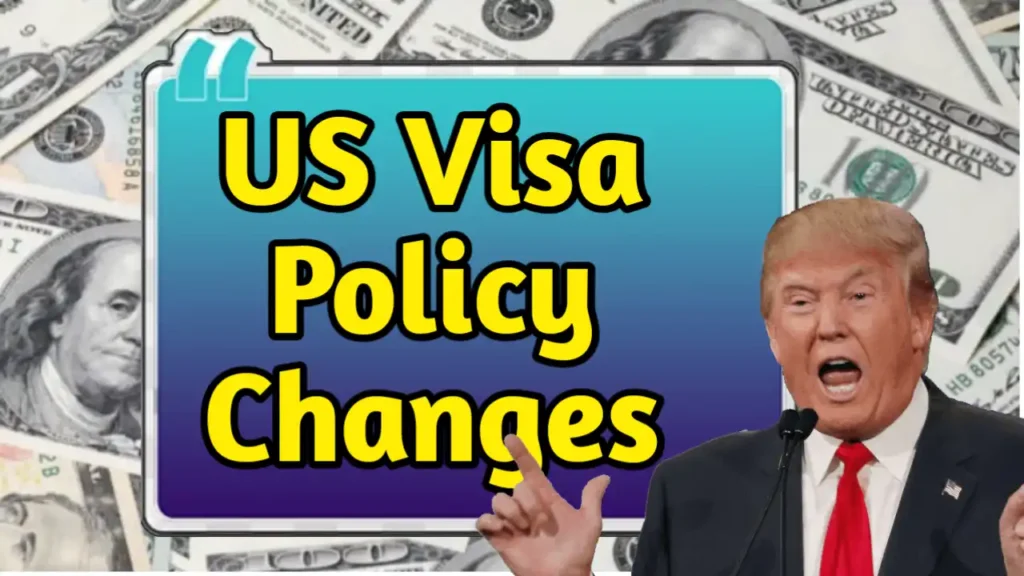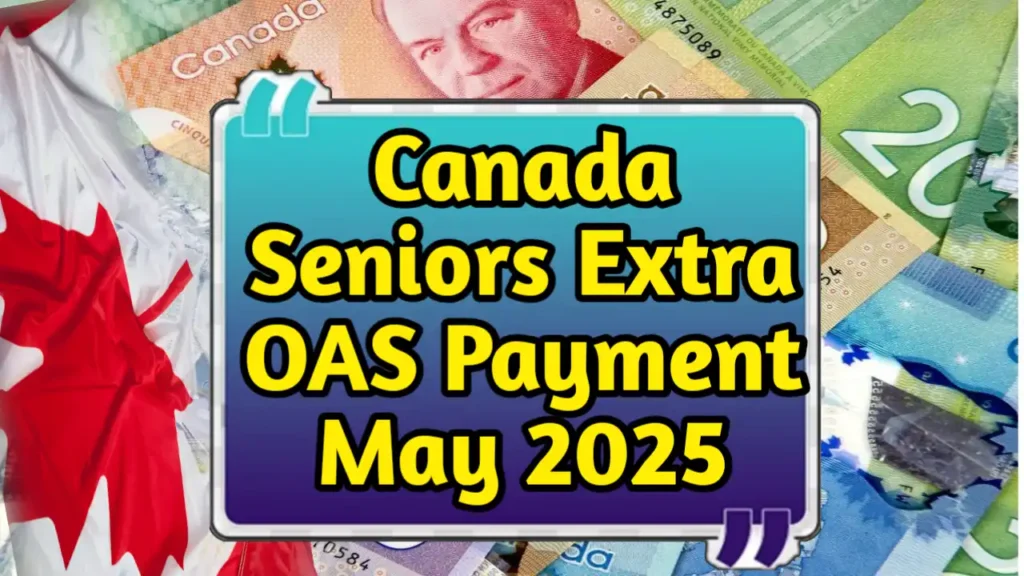US Visa Policy Changes 2025 – Major Changes to Rules, You Need to Know This In 2025, the United States government has implemented several important changes to its visa policy framework, affecting tourists, students, skilled workers, and immigrants. These adjustments come in response to both global migration patterns and internal economic and security concerns. For anyone planning to travel to, work in, or study in the U.S., understanding the new visa rules is essential. These changes aim to modernize the immigration process, enhance national security, and better match labor needs in critical industries.
This article explores the most significant updates to U.S. visa policies in 2025, who is impacted, what to expect when applying, and how travelers and immigrants can prepare.
Why Have Visa Policies Changed in 2025?
The latest policy shifts reflect several priorities: restoring international confidence in the U.S. visa system, increasing transparency, reducing backlog in processing times, and strengthening border security. Additionally, the demand for skilled labor in technology, healthcare, and education has pushed lawmakers to update the visa quota and review system.
At the same time, U.S. authorities are also addressing the challenges of visa fraud and overstays by implementing stricter biometric verification, enhanced digital monitoring, and more precise entry-exit tracking systems. The balance between openness and oversight is at the heart of these reforms.
Key US Visa Changes in 2025: What Has Been Updated?
Here are the most impactful changes made to the U.S. visa system this year, organized by category:
| Visa Type / Policy Area | 2024 Status | 2025 Change Summary |
|---|---|---|
| H-1B Work Visa | Annual cap of 85,000 | Increased to 100,000 with tech and healthcare priority |
| F-1 Student Visa | 60-day grace period post-graduation | Extended to 180 days to allow job search |
| B-1/B-2 Tourist Visa | Valid for 10 years (some countries) | Entry now limited to 60 days per visit |
| Visa Interview Waiver Program | For certain renewals only | Expanded to low-risk first-time applicants |
| Digital Visa Application | Required basic forms | Now includes facial recognition, biometric scans |
| Visa Fee Structure | Uniform per category | Adjusted based on duration and country of origin |
These changes represent a mixture of facilitation for high-skill talent and tighter scrutiny of short-term visitor entries. They reflect a broader approach of managing migration flows while supporting the country’s long-term strategic interests.
How Do These Changes Affect Different Categories of Travelers?
Students (F-1 and M-1 Visas)
International students benefit from increased post-study work opportunities. The new grace period allows graduates to remain in the U.S. longer while seeking employment, which aligns with changes in Optional Practical Training (OPT) and STEM extension programs.
Skilled Workers (H-1B, O-1, L-1)
Technology and healthcare workers are likely to benefit most from the increased cap and priority selection criteria. The H-1B application process has also been streamlined with electronic documentation and employer transparency guidelines.
Tourists and Business Visitors (B-1/B-2)
Tourist visa holders face stricter entry controls and shorter maximum stay periods, aimed at reducing visa overstays. However, first-time low-risk applicants may benefit from the expanded visa interview waiver, especially in countries with low overstay rates.
Family and Immigrant Visas
Though most changes are focused on non-immigrant categories, family reunification and immigrant visa applications will now be supported with digital tracking and faster document verification timelines. However, quotas remain largely unchanged for most family-based categories.
What Should Applicants Do Differently in 2025?
To avoid delays or rejections, visa applicants should be aware of the following important tips:
- Submit applications early to account for biometric verification and longer processing times
- Use the updated DS-160 and DS-260 forms, which now include enhanced digital ID features
- Prepare for in-depth background checks, especially if applying for work or student visas
- Consult a visa attorney or certified advisor for complex or high-stakes cases
- Keep travel plans flexible, especially if visiting on a short-term visa with new restrictions
Frequently Asked Questions (FAQs)
Q1: Do I need to attend an interview for a U.S. visa in 2025?
If you are a low-risk applicant or renewing a visa, you may qualify for the expanded interview waiver. However, first-time applicants for work or study visas will likely still require an interview.
Q2: Are visa fees more expensive in 2025?
Fees have been adjusted based on visa category, duration, and country of application. In some cases, short-term visas have seen increases while long-term education visas remain stable.
Q3: How long does visa processing take now?
Processing times vary but have improved for many categories. Digital systems have reduced document-related delays, though security-related screenings may extend timelines.
Q4: Can I stay longer on a student visa after graduation?
Yes, the new rules allow up to 180 days to remain in the U.S. after your program ends, giving students more time to find work and adjust their visa status.
Q5: Has the H-1B visa process changed?
Yes, the cap has increased, priority is given to applicants in healthcare and technology, and the selection process is now more transparent and data-driven.
Final Thoughts
The US visa policy changes in 2025 are both significant and wide-reaching, affecting millions of international travelers and immigrants. While the rules are more complex, they also offer new opportunities for those seeking education or employment in the U.S. By staying updated, submitting accurate documentation, and planning ahead, applicants can navigate the new system more confidently. As with any immigration reform, outcomes may vary by individual case, but preparation remains the key to success






